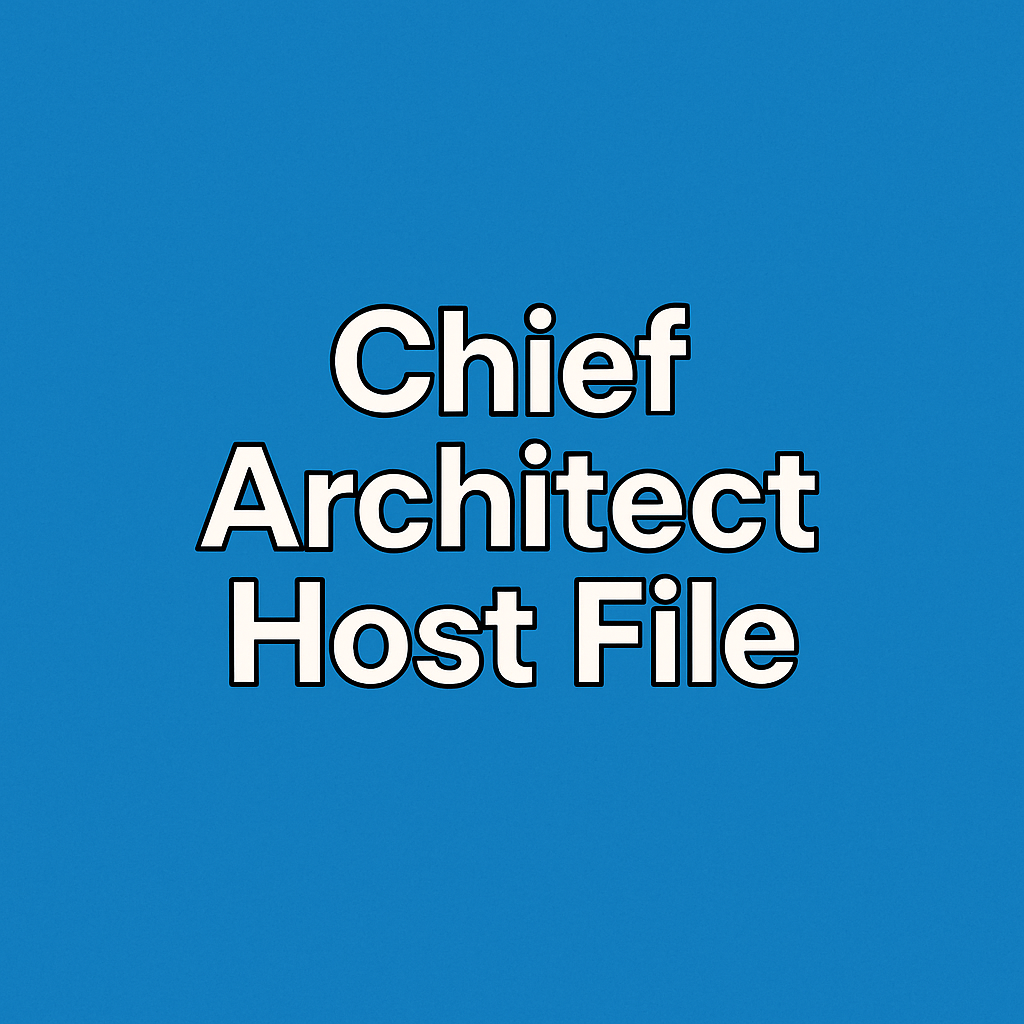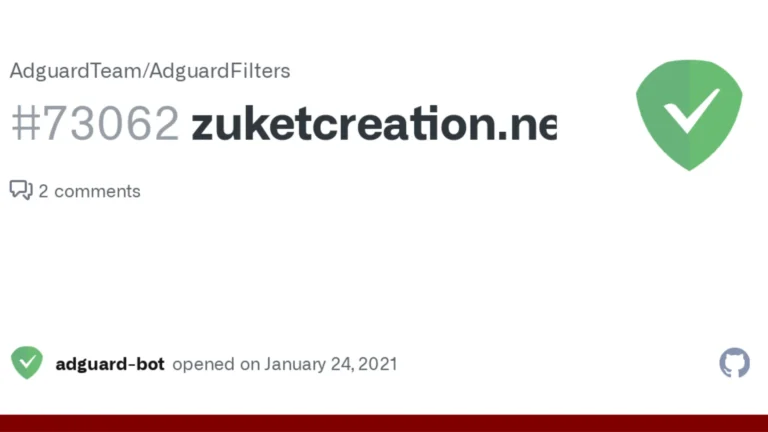11 Key-Steps to Understanding and Managing the Chief Architect Host File “5 Easy Steps for Success”
Understanding how the Chief Architect host file works can help resolve issues like license errors, slow startups, or update blocks. Whether you’re troubleshooting or optimizing performance, knowing how to configure the Chief Architect host file safely gives you more control over your design workflow. If you’re new to this, we recommend starting with our Beginner’s Guide to System Networking to grasp the basics.
Chief Architect is powerful architectural design software used by professionals and hobbyists to create detailed home designs and building plans. While the software offers a comprehensive suite of tools, users may occasionally encounter technical issues related to network connectivity, software activation, or licensing checks. One lesser-known solution involves configuring the host file on your computer. This guide will walk you through everything you need to know about the host file, how it functions with Chief Architect, and how to safely modify it to resolve specific issues, all while maintaining legal and ethical integrity. You can also check out our Chief Architect Installation Guide if you’re just getting started.http://https;//cheif architect guide.com
What is the Host File?
The host file is a system file found in most operating systems like Windows and macOS. It maps hostnames (like websites or server addresses) to IP addresses before querying DNS servers. Essentially, it’s a local DNS lookup table used by your computer.
By editing the host file, you can control how your computer connects to specific web domains. This capability makes it a valuable tool for redirecting or blocking access to certain domains—useful for software testing, ad blocking, or managing network traffic.
Why Modify the Host File for Chief Architect?
Modifying the host file for Chief Architect is often done to resolve specific problems, such as:
There are several reasons users consider editing the Chief Architect host file, including fixing activation problems and improving offline functionality.
- Preventing the software from reaching activation servers (for troubleshooting purposes).
- Blocking telemetry or update checks that may slow down the program.
- Redirecting network traffic for offline testing environments.
Learn more in our article: Troubleshooting Chief Architect Licensing Issues.
While these adjustments can help with legitimate technical issues, it’s important to use them responsibly. Unauthorized blocking of license checks can violate the software’s terms of service.
Locating the Host File on Your System
The location of the host file varies depending on your operating system:
For Windows:
makefile
CopyEdit
C:\Windows\System32\drivers\etc\hosts
For macOS:
bash
CopyEdit
/etc/hosts
You may need administrative privileges to view or edit this file. Always make a backup before making any changes.
How to Edit the Host File Safely
To safely edit your host file:
Open as Administrator (Windows) or use sudo (macOS).
Use a text editor like Notepad (Windows) or Nano (macOS Terminal).
Add or remove entries as needed—each line should follow the format:
CopyEdit
127.0.0.1 example.com
Save the file and restart your system or network services.
Never delete the original content unless you know what you’re doing. Improper edits can cause serious connectivity issues.
Sample Host File Entries for Chief Architect
Here are a few examples of how users might configure their host file about Chief Architect. Here’s how a typical Chief Architect host file setup might look when you’re aiming to block update or telemetry servers.
CopyEdit
127.0.0.1 licensing.chiefarchitect.com
127.0.0.1 updates.chiefarchitect.com
127.0.0.1 telemetry.chiefarchitect.com
These entries block the software from reaching certain servers. Note: Only use these for approved testing or troubleshooting. Unauthorized use could breach your software license.
Legal and Ethical Considerations
Altering the host file to bypass licensing checks or software activation is illegal and unethical. Chief Architect’s EULA (End User License Agreement) strictly prohibits tampering with its software for unauthorized use.
Use host file modifications only for legitimate purposes such as testing, resolving network issues, or working in isolated environments. Always stay compliant with software usage policies.
Troubleshooting Issues Related to Host File Modifications
If Chief Architect isn’t working as expected after host file changes, try the following:
- Revert to your original host file.
- Clear your DNS cache (ipconfig /flushdns on Windows).
- Disable any security software that may block host file edits.
- Reinstall Chief Architect if necessary.
Problems like server timeouts or failed license validations are common signs of incorrect host file entries.
Restoring the Original Host File
To restore your host file:
- Open the file as an administrator.
- Remove any custom entries related to Chief Architect.
- Save the file and restart your device.
Alternatively, you can replace the file with a backup copy if you created one. If not, search online for your OS’s default host file content.
Conclusion and Best Practices
The host file is a powerful yet sensitive component of your computer’s networking system. When used properly, it can help optimize how Chief Architect interacts with external servers and troubleshoot connectivity issues.
However, always proceed with caution. Make backups, follow legal guidelines, and never use host file edits to bypass licensing. By adhering to best practices, you can maintain the integrity of your software and ensure smoother performance with Chief Architect.
Pros and Cons of Modifying the Chief Architect Host File
Understanding the pros and cons helps you make an informed decision and avoid unintended consequences.
Pros
- Improved Software Performance
Blocking unnecessary server requests (like telemetry) can reduce software lag or startup delays. - Offline Functionality
Useful in isolated environments where internet access is restricted or unavailable. - Troubleshooting Tool
Helps diagnose and resolve activation or connectivity issues with the Chief Architect. - Increased Control
Grants advanced users control over how and when Chief Architect connects to the internet.
Cons
- Violation of Licensing Terms
Using the host file to bypass software activation or license checks is illegal and unethical. - Software Instability
Incorrect entries can cause the program to malfunction or fail to launch. - Security Risks
Misconfigured host files can expose your system to vulnerabilities or block important security updates. - Loss of Access to Updates
Blocking update servers means you might miss out on critical software patches or feature enhancements. - Troubleshooting Complexity
Errors introduced through host file edits can be hard to trace, especially for beginners.
Frequently Asked Questions (FAQs) About the Chief Architect Host File
❓ What is the purpose of modifying the host file for Chief Architect?
Modifying the host file can help block certain network requests made by Chief Architect, such as activation checks or update servers. This is typically done for troubleshooting, offline usage, or performance tuning in professional environments.
❓ Is it legal to block Chief Architect’s activation servers via the host file?
No, blocking activation or license verification servers for the purpose of bypassing legitimate licensing is illegal and violates Chief Architect’s End User License Agreement (EULA). Always use host file changes responsibly and legally.
❓ Can editing the host file damage my system?
Improper edits can lead to network or application issues, but they typically won’t damage your system permanently. However, you should always back up your host file before making any changes.
❓ How can I reset my host file to default settings?
To reset the host file:
- Open it as an administrator (Windows) or with sudo (macOS).
- Remove all custom entries.
- Save and close the file. You can also replace it with a default version downloaded from a trusted source.
❓ Will modifying the host file affect other applications?
Yes, changes to the host file can affect any application that relies on internet access. Be cautious when editing it, as unintended changes can interfere with other software or web access.
❓ Do I need special software to edit the host file?
No, you can use a basic text editor like Notepad (Windows) or Nano/TextEdit (macOS). Just make sure you run the editor with administrator privileges to make and save changes.







![Hotstar Crack 2025 Keygen Free Download [Latest Premium Version]](https://freepccrack.com/wp-content/uploads/2025/04/Untitled-design-2-1-768x432.png)